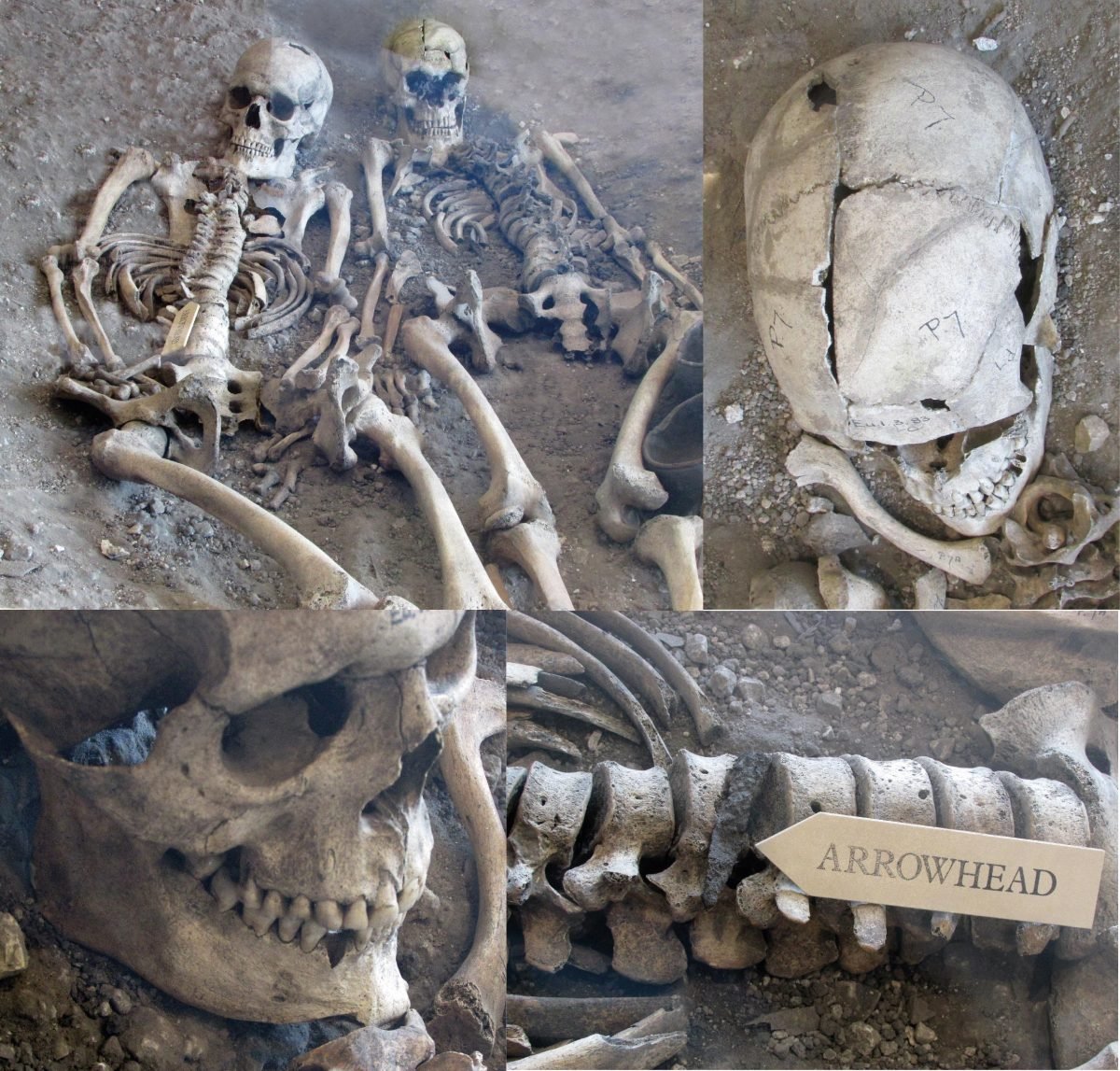Introduction
For decades, the story of Maiden Castle—a sprawling Iron Age hillfort in Dorset, England—was steeped in blood and conquest. Archaeologists and history enthusiasts alike believed it to be the site of a brutal Roman massacre during the Roman conquest of Britain in the 1st century AD. However, new research is now rewriting this long-held belief. Recent findings reveal a far more nuanced and less violent past for Maiden Castle, challenging the traditional narrative of Roman brutality and conquest.
This article explores the latest evidence, its implications for our understanding of Roman-British relations, and how it reshapes the legacy of Maiden Castle.
The Original Narrative: Bloodshed and Battle
Since excavations in the 1930s by famed archaeologist Sir Mortimer Wheeler, the prevailing theory was that Maiden Castle was the site of a violent Roman assault around AD 43. Wheeler reported finding numerous skeletons, some with signs of trauma, such as sword wounds and embedded spearheads. These discoveries fueled the belief that Roman legions had stormed the hillfort, slaying its defenders in a show of imperial force.
The story became a symbol of resistance against foreign domination, casting the native Britons as valiant warriors and the Romans as ruthless conquerors. It fit neatly into the broader theme of Roman expansion, empire-building, and subjugation of indigenous populations.
New Archaeological Insights: A Peaceful Transition?
Recent studies, spearheaded by a new generation of archaeologists using advanced forensic techniques, have cast doubt on this violent interpretation. Researchers have re-examined the burial sites, carbon-dated the bones more accurately, and applied modern trauma analysis. Their findings suggest:
Many of the skeletons pre-date the Roman invasion, some by several decades.
Signs of injuries once interpreted as battle wounds may have alternative explanations, such as ritual practices or post-mortem animal interference.
Burial styles and grave goods show signs of Roman influence, indicating a potential integration or peaceful coexistence rather than a massacre.
These findings suggest that instead of being slaughtered by Roman soldiers, the inhabitants of Maiden Castle may have gradually assimilated into Roman culture, perhaps abandoning the hillfort voluntarily in favor of nearby Roman towns like Durnovaria (modern Dorchester).
Rewriting History: Why It Matters
The reinterpretation of Maiden Castle is more than an academic exercise—it reshapes our understanding of Roman imperialism and native resistance. The notion of a massacre supported the image of Romans as invaders who crushed local opposition. While Roman conquests certainly involved violence elsewhere, Maiden Castle now appears to have followed a different path.
This revelation challenges the simplified, black-and-white view of colonization. It opens the door to recognizing that cultural exchange, negotiation, and adaptation were also part of the Roman conquest of Britain. Such a perspective is not only more accurate but also more reflective of the complex nature of historical change.
Tourism, Media, and the Castle’s Changing Image
For years, Maiden Castle has attracted tourists fascinated by its dramatic past. Guided tours and historical markers highlighted the supposed Roman massacre, turning the site into a symbol of British resistance. With the new evidence, tourism boards and museums may now need to reconsider how they present Maiden Castle to the public.
Expect to see interpretive materials that emphasize daily life, trade, and the gradual Romanization of the area. This may shift Maiden Castle’s identity from a battlefield to a place of cultural transformation.
The Role of Modern Technology in Rewriting the Past
One of the key factors in this historical revision has been the use of modern technology:
CT scans and isotope analysis have provided better insights into the health, origin, and lifestyles of the buried individuals.
DNA testing helps trace lineage and migration patterns, giving a clearer picture of population dynamics.
Geophysical surveys and digital reconstructions allow archaeologists to visualize the fort’s evolution over time.
These technologies underscore the importance of revisiting old assumptions with new tools—a vital process in the ever-evolving field of archaeology.
Conclusion: A Story Still Unfolding
The story of Maiden Castle is far from over. As new techniques and discoveries emerge, our understanding of this ancient hillfort will continue to evolve. What was once seen as a site of carnage is now appreciated as a complex and possibly peaceful intersection of cultures.
This shift is a reminder that history is not fixed—it is a dynamic narrative shaped by evidence, interpretation, and perspective. The “Roman massacre” at Maiden Castle may now be debunked, but its replacement is no less fascinating.

















+ There are no comments
Add yours